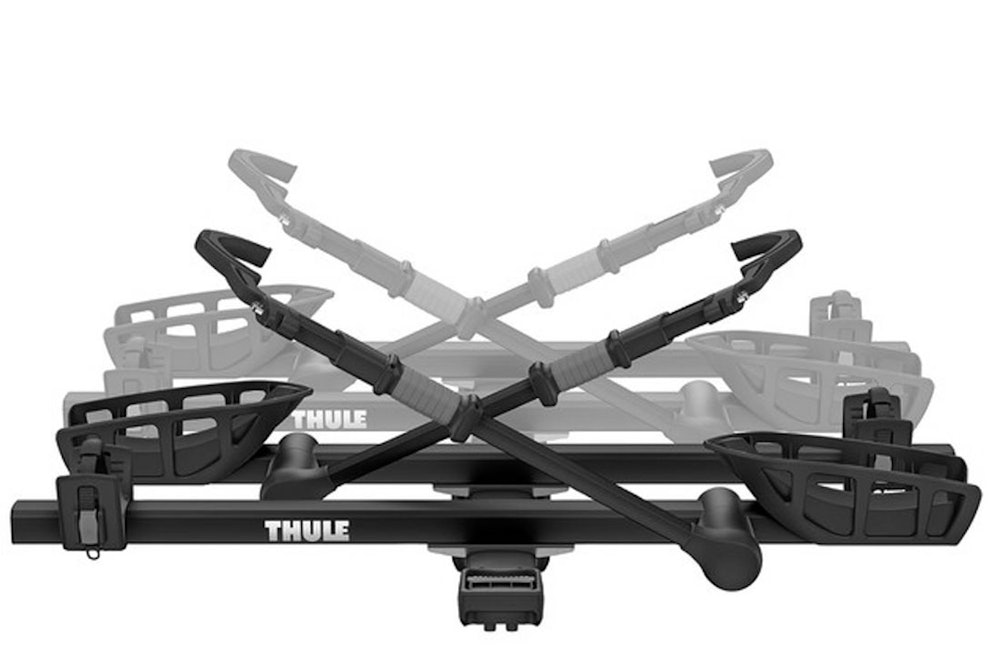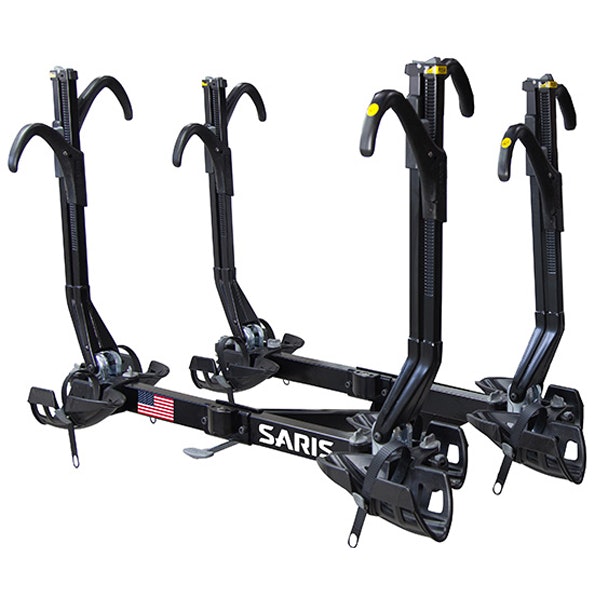Mountain Bike Racks: A Comprehensive Guide
As a passionate mountain biker, I know how crucial it is to have the right equipment for the journey. One essential piece of gear that often gets overlooked is the bike rack. In this guide, I’ll walk you through everything you need to know about mountain bike racks, from the different types available to tips for proper installation and usage.
Introduction to Mountain Bike Racks
When it comes to hitting the trails, having a reliable bike rack is essential. Whether you’re heading out for a day trip or a weekend adventure, a sturdy rack ensures that your bikes are securely transported to your destination. In this section, we’ll explore the importance of choosing the right bike rack and provide an overview of what you can expect from this guide.
Types of Mountain Bike Racks
Mountain bike racks come in various types, each with its own set of advantages and disadvantages. From hitch-mounted racks to roof-mounted ones, there’s no shortage of options to choose from. Let’s take a closer look at each type:
Hitch-mounted racks

Hitch-mounted racks are a popular choice among mountain bikers due to their ease of use and sturdy construction. These racks attach to the hitch receiver on the back of your vehicle, providing a stable platform for your bikes.
Roof-mounted racks

Roof-mounted racks offer a versatile solution for transporting your mountain bikes. By attaching directly to the roof rails or crossbars of your vehicle, these racks keep your bikes securely in place without obstructing access to the trunk or rear hatch.
Trunk-mounted racks

Trunk-mounted racks are a budget-friendly option for cyclists who don’t want to invest in a hitch or roof rack. These racks attach to the trunk or hatch of your vehicle using straps and hooks, providing a convenient way to transport your bikes.
Factors to Consider Before Choosing a Mountain Bike Rack
Before you invest in a bike rack, there are several important factors to consider to ensure compatibility and functionality. Here are some key considerations:
Bike compatibility
Not all bike racks are suitable for all types of bikes. Make sure to choose a rack that can accommodate the size and frame style of your mountain bikes.
Vehicle compatibility
Different racks are designed to fit different vehicles. Check the specifications of each rack to ensure it’s compatible with your car or truck.
Ease of installation
Look for a bike rack that is easy to install and remove, especially if you plan on frequently switching between vehicles.
Security features
Consider racks with built-in locking mechanisms or anti-theft features to protect your bikes from theft during transport.
Top Picks: Best Mountain Bike Racks
Now that we’ve covered the different types of bike racks and factors to consider, let’s dive into some top picks:
Thule T2 Pro XT 2-Bike Rack

Thule is known for its high-quality bike racks, and the T2 Pro XT is no exception. This hitch-mounted rack can accommodate up to two bikes and features a convenient tilt function for easy access to the rear of your vehicle.
Yakima HoldUp Evo 2-Bike Hitch Rack

The Yakima HoldUp Evo is another excellent option for mountain bikers. This hitch-mounted rack can carry two bikes and comes with adjustable trays to accommodate different tire sizes.
Saris Superclamp EX 4-Bike Hitch Rack

If you’re traveling with a group, the Saris Superclamp EX is a great choice. This hitch-mounted rack can carry up to four bikes and features integrated locks for added security.
RockyMounts BrassKnuckles Upright Mount

For those who prefer roof-mounted racks, the Rocky Mounts BrassKnuckles is worth considering. This sleek and sturdy rack can accommodate bikes with tires up to 3 inches wide and comes with a lifetime warranty.
Pros and Cons of Each Type of Bike Rack
While each type of bike rack has its own advantages, it’s essential to consider the drawbacks as well. Here’s a quick overview:
Hitch-mounted racks
Pros:
Easy to load and unload bikes
Minimal impact on vehicle aerodynamics
Cons:
Can obstruct rear visibility
May require a hitch receiver
Roof-mounted racks
Pros:
Doesn’t obstruct access to trunk or rear hatch
Can carry other gear, such as skis or kayaks
Cons:
May affect vehicle fuel efficiency
Requires lifting bikes onto the roof
Trunk-mounted racks
Pros:
Affordable option
Easy to install and remove
Cons:
May damage vehicle paint
Limited to carrying a small number of bikes
Tips for Properly Installing and Using Mountain Bike Racks
To ensure a safe and hassle-free biking experience, here are some tips for properly installing and using your bike rack:
Ensuring proper weight distribution
Distribute the weight of your bikes evenly on the rack to prevent strain on your vehicle’s suspension system.
Regular maintenance
Inspect your bike rack regularly for any signs of wear or damage, and make sure all components are properly tightened and secured.
Security measures
Use additional locking devices, such as cable locks or wheel locks, to deter thieves and protect your bikes from theft.
Common Mistakes to Avoid When Using Bike Racks
Even with the best intentions, it’s easy to make mistakes when using a bike rack. Here are some common pitfalls to avoid:
Overloading the rack
Be mindful of weight limits and avoid overloading your bike rack, as this can damage both the rack and your vehicle.
Not securing bikes properly
Take the time to properly secure your bikes to the rack using straps or clamps to prevent them from shifting during transit.
Ignoring clearance issues
Be aware of any low-hanging obstacles, such as garage doors or tree branches, and make sure your bikes are positioned securely to avoid damage.
Conclusion
Choosing the right mountain bike rack is essential for ensuring a safe and enjoyable biking experience. Whether you prefer a hitch-mounted, roof-mounted, or trunk-mounted rack, there are plenty of options available to suit your needs and budget. By considering factors such as bike compatibility, vehicle compatibility, and security features, you can find the perfect rack to transport your bikes with confidence.
FAQs (Frequently Asked Questions)
Are hitch-mounted bike racks suitable for all vehicles?
Hitch-mounted bike racks typically require a hitch receiver, so they may not be compatible with all vehicles. However, there are some models available that can be installed without a hitch.
Can I use a roof-mounted bike rack if my vehicle doesn’t have roof rails or crossbars?
Yes, there are roof-mounted bike racks available that can be attached directly to the vehicle’s roof using suction cups or other mounting systems.
How can I prevent my bikes from being stolen while using a bike rack?
In addition to using built-in locking mechanisms, you can use additional security devices such as cable locks or wheel locks to deter thieves.
Are trunk-mounted bike racks safe for long-distance travel?
While trunk-mounted bike racks can be used for long-distance travel, they may not be as secure or stable as hitch-mounted or roof-mounted racks, especially at high speeds.
Can I leave my bike rack attached to my vehicle when not in use?
It’s generally safe to leave a bike rack attached to your vehicle when not in use, but be sure to regularly check and tighten any straps or fasteners to ensure they remain secure.




